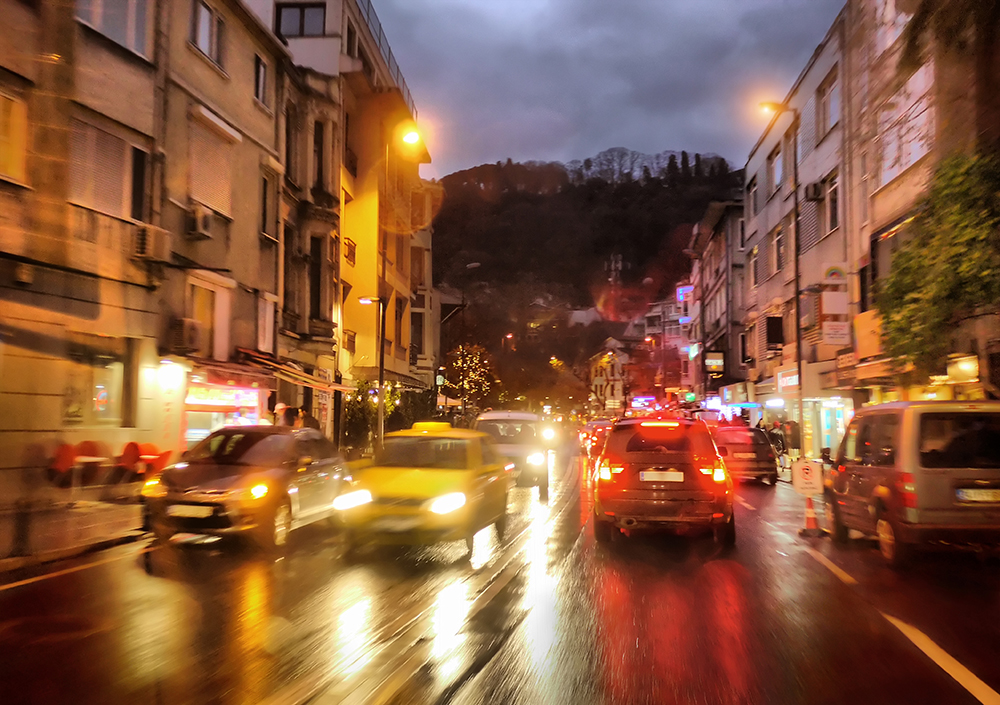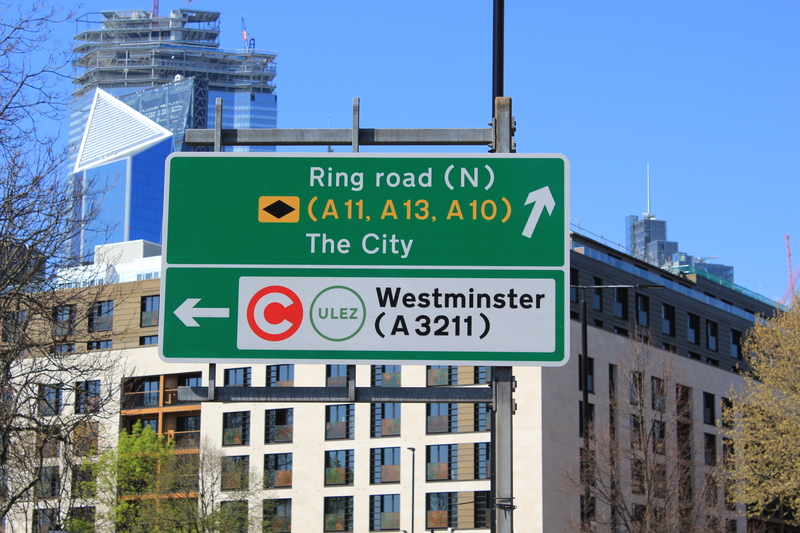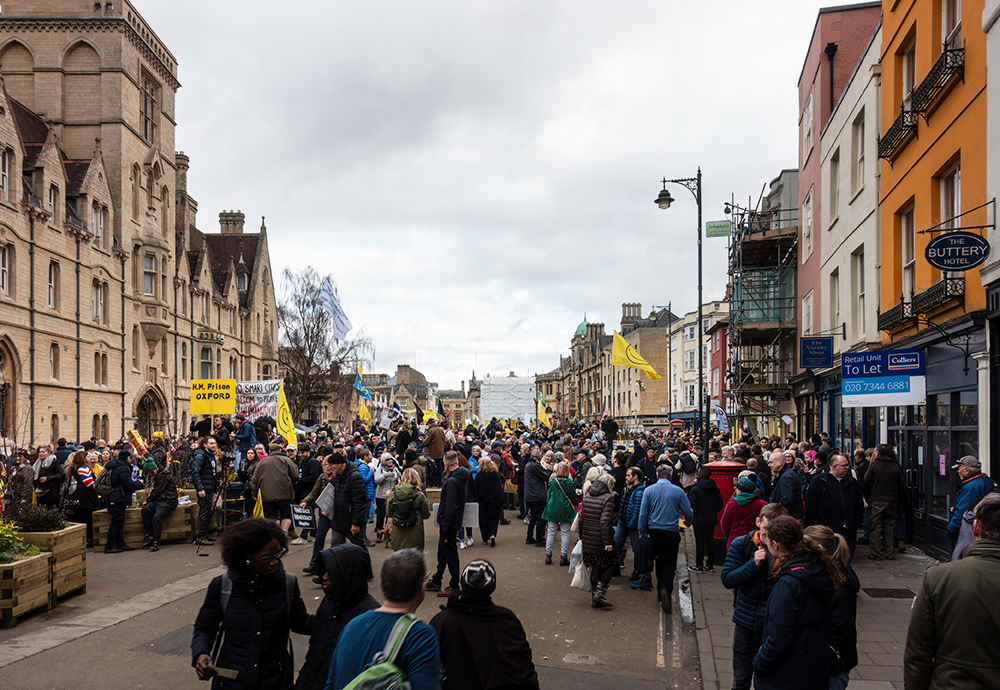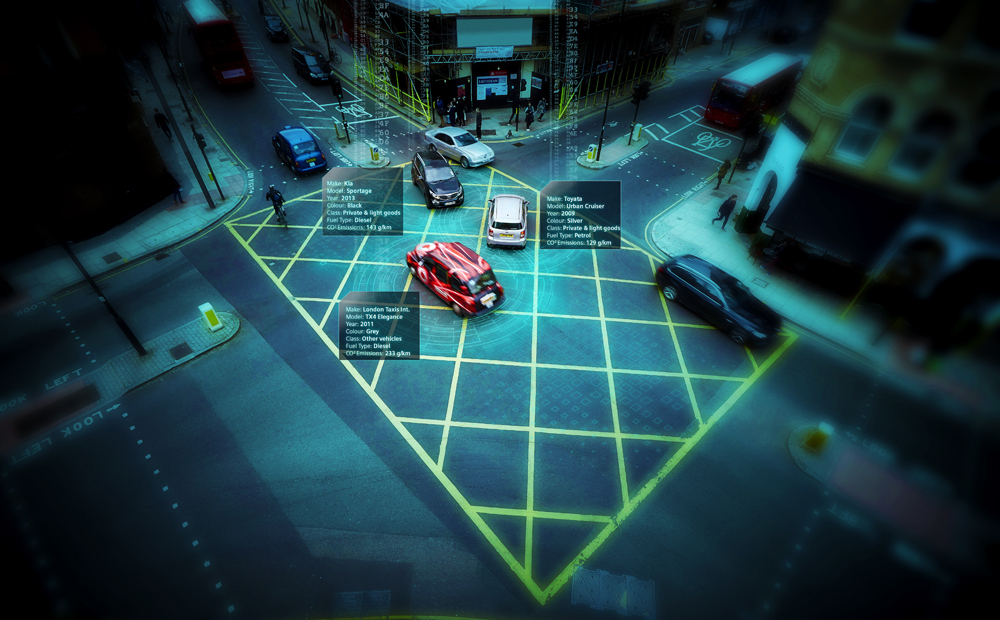
Around 70% of Europeans live in cities. A clear majority of them, unsurprisingly, want their neighbourhoods to be safer, less congested, more liveable and with easier, lower-emission transport options.
Mayors and municipalities have much work to do to achieve these aims. More than 100 European cities still exceed air quality legal limits, for example, and almost a quarter of greenhouse gases come from cities.
Vehicles, despite the many advantages they offer, are at the heart of many of these challenges. They are a major source of emissions and congestion. They take up valuable urban space and detract from the safety and street-level appeal of many urban areas.
It is no surprise, then, that Urban Vehicle Access Regulations (Uvar) schemes continue to grow in popularity as a way to achieve a range of urban improvements.
An October 2022 report from EIT Urban Mobility explores how cities can optimise their use of Uvar schemes to improve life for their citizens. Titled Urban vehicle access regulations: from design to implementation, it uses the schemes in Milan and Barcelona as examples of how to identify and set clear objectives and how to implement schemes that win the consent of the citizens they are designed to serve.
An important point to grasp when originating an Uvar scheme, the report observes, is to ensure it meets the full range of goals appropriate to its setting, rather than being created to achieve a single aim.
While low- or no-carbon urban mobility might be desirable, for example, this should seldom be the sole purpose of Uvars. Planners therefore need to integrate them into a broader set of sustainable mobility goals and measures to ensure they work well alongside improved public transport, safe cycling conditions and robust parking policies.
Winning hearts and minds
A key element in any successful Uvar scheme is public acceptance. Securing this requires that a scheme offers several important elements, including assigning a budget and sufficient organisational resources to deliver clear information to the right stakeholders.
Key messaging should include communicating to citizens and stakeholders the purpose of Uvars and emphasising that they are not primarily about generating revenue for local authorities.
 Anticipating the needs of public and private user groups and assessing likely impacts early in the process is also important. This includes engaging directly with residents, businesses, and other relevant stakeholders such as public transport authorities, to consider different perspectives.
Anticipating the needs of public and private user groups and assessing likely impacts early in the process is also important. This includes engaging directly with residents, businesses, and other relevant stakeholders such as public transport authorities, to consider different perspectives.
In the case of Milan’s Area C scheme, those tasked with implementing it first sought agreement with citizens via engagement processes that took pains to provide clear information to residents.
In setting up and running Barcelona’s 95km2 low-emission zone (LEZ), the city developed a range of participatory processes. These included public debates between residents and the city council as well as analysis of a specific question or subject, to search for creative and innovative ideas to put into practice and to suggest what types of intervention are most appropriate for each initiative.
Results from these participatory processes are not binding for the Barcelona administration - but the city is required to explain how they have been considered in the final decision. Results of the engagement process are published on decidim.barcelona, Barcelona City Council’s digital platform.
Resident associations, trade associations and commercial companies as well as anyone affected by the question under discussion may take part in the process, without any limits on age or origins. In short, it is as open as possible.
Clearly communicating the aims, features and rationale of a scheme is not a ‘one-and-done’ proposition either but rather requires ongoing work. Achieving broad public support at rollout may need to be followed by further efforts over time to communicate and, if necessary, adapt schemes in order to maintain public support.
Another important strategy to help secure public acceptance, the report notes, is to take a phased approach to Uvars. This enables stakeholders and residents to adapt to the new rules, while their impacts are monitored.
Proportionate exemptions are also essential to gaining stakeholder acceptance, granting access to people with accessibility needs or those not driving often, for example. Some exemptions can be highly permissive. Jerusalem’s LEZ, for example, only targets vehicles with the highest emissions.
The state of the art in Uvars
Clear, fair, user-friendly and non-discriminatory enforcement is also key to effective Uvar implementation. This is where new technologies can help provide cities with a range of new options that can make seamless and fair enforcement a reality for users.
Combining ANPR and optical character recognition (OCR) technologies with global navigation satellite systems (GNSS) technologies enables flexible Uvar scheme design. Drivers’ fees and tariffs can be made dynamic depending on the time of day (rising during rush hours), vehicle type, distance travelled, and vehicle CO2 emissions or engine power.
An initiative that illustrates the emerging potential of these technologies is a road user charging (pay-per-use) scheme run by Abertis Mobility Services subsidiary Emovis in the US states of Virginia, Utah, and Oregon. These are cloud-based and on-premises solutions based on satellite technologies and location services.
This approach is quick to implement and easy to scale, affords constant access and offers high data security. Citizens enrolled in the programme accept and authorise the use of their data only for this purpose and application.
A further advantage of these technologies is that with the increased conversion to electric and connected vehicles, the combination of satellite technology and location services allows administrations to implement new pay-per-use systems and models to guarantee the financing and long-term sustainability of the road network.
Another benefit of this suite of technologies is enhanced and simpler enforcement capabilities compared with traditional ANPR technologies, since they do not require the installation of capex- and opex-intensive gantries and cameras. GNSS technology can detect fraud immediately and can notify drivers about the impact of this fraud, generating a fine or denying access or registration to the Uvar programme.
The future of Uvars
The report points to a medium- to long-term issue that planners must also address as vehicle fleets become greener and cleaner. As Uvars achieve one of their aims - of encouraging a cleaner and less polluting vehicle fleet - they are likely to experience more congestion as more compliant vehicles are able to operate without penalty in a restricted zone.
The effects can happen rapidly with the right incentives. Barcelona’s LEZ has driven rapid fleet renewal in the city and only around 2% of the fleet remains uncompliant with the LEZ.
Without adjusting for this trend, scheme revenues will dwindle. Therefore, the report notes, to continue to meet the twin goals of low emissions and demand management in restricted zones, future tolls may need to be based both on ‘polluter pays’ and ‘user pays’ principles.
What about Milan?

The Milan Area C scheme, in operation since 2011, has achieved its objectives, which include less traffic congestion, faster public transport, reduced road deaths, better air quality and better urban liveability.
Since it came into force, the average daily number of trips to the area has fallen by 38.5%, with fewer diesel and more electric and hybrid vehicles entering the zone. Dramatic improvements in air pollution include a reduction in concentration of PM10 exhaust from 9.3kg/day in the Area C to 1.2kg/ day, total PM10 (exhaust and friction) from 19.3 to 7.8, and total nitrogen oxides (NOx) from 274 to 66.
The scheme is also generating revenues for further improvements. In 2019 alone, Area C generated more than €30 million, 75% of which the city used to enhance enforcement technology and public transport. Milan has allocated the remaining 25% to fund sustainable urban mobility projects.












